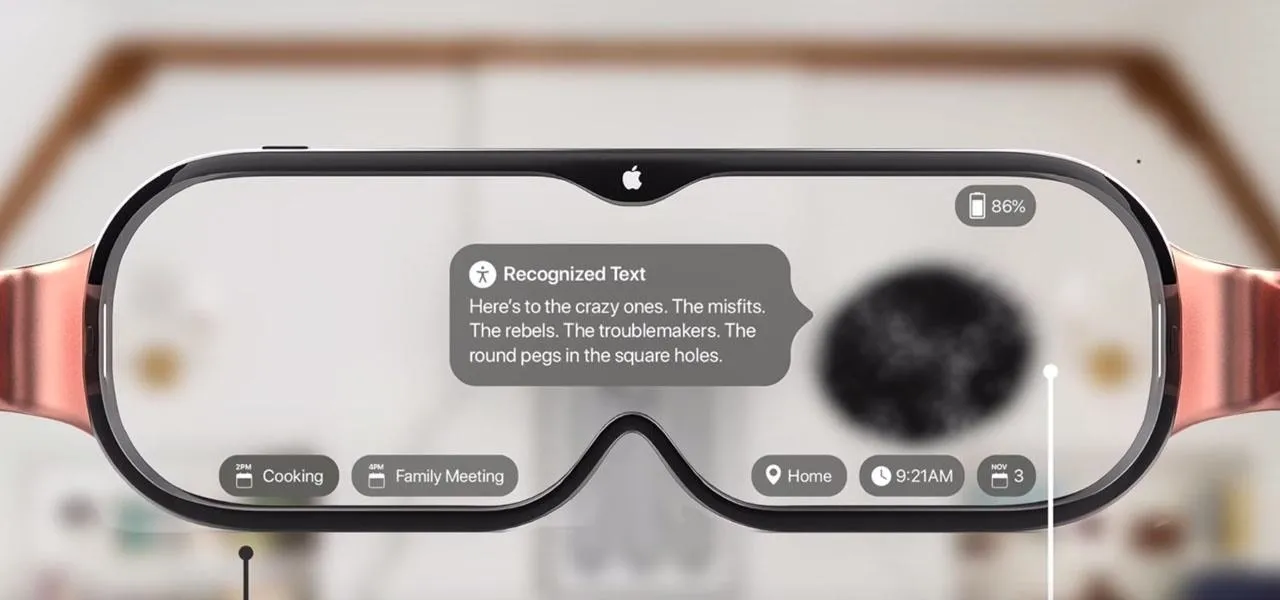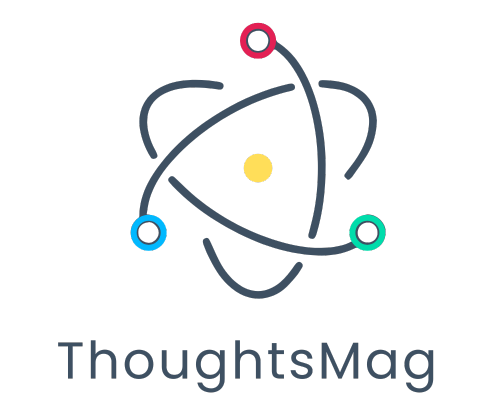In the rapidly evolving world of wearable technology, few developments are as highly anticipated as Apple’s AI-powered smart glasses. According to a recent Bloomberg Apple report, the tech giant is accelerating its efforts to launch a revolutionary device by 2026. These upcoming Apple smart glasses are expected to combine artificial intelligence, augmented reality (AR), and custom hardware into a sleek and powerful wearable that could redefine how we interact with digital content.

The Emergence of Apple Smart Glasses
Apple’s venture into smart glasses is not just a product launch; it marks the company’s strategic shift towards immersive, AI-driven experiences. While devices like the Apple Watch and AirPods have already transformed how users access health data and audio, the Apple AI glasses 2026 promise to take wearable computing to the next level.
The Bloomberg tech insights reveal that the project is being developed under a tight veil of secrecy, with internal codenames like N421. Prototypes are reportedly in the advanced testing stages, and Apple aims to debut a lightweight, glasses-style device that focuses initially on audio and AI capabilities rather than full visual AR. This decision reflects Apple’s stepwise approach to product innovation—starting with foundational features before expanding to more complex capabilities.
Features to Expect
According to Bloomberg Apple report findings and industry analysts, Apple’s AI-powered eyewear will come packed with features designed to merge the physical and digital worlds seamlessly:
- Voice Interaction through Siri Smart Glasses: A hands-free, always-available Siri experience that lets users control apps, get directions, send messages, and interact with content simply by speaking.
- Custom Apple Silicon: Apple custom silicon glasses will likely feature chips designed specifically for low-power, high-efficiency AI processing. This means more functions can run on-device without relying heavily on the cloud.
- Contextual AI: With Apple Intelligence at the core, the glasses will proactively deliver information based on your environment, schedule, and interactions.
- Augmented Audio Experience: The glasses may include speakers and bone-conduction technology to deliver high-quality sound without isolating the user from their surroundings.
Apple Intelligence at the Forefront
The integration of Apple Intelligence marks a new era in Apple wearable technology. Unlike typical voice assistants, Apple’s AI is expected to offer:
- Deep contextual awareness
- Natural language understanding
- Predictive assistance based on location, calendar, and user habits
By embedding these capabilities into a wearable form factor, Apple is positioning its smart glasses as more than just an accessory—they become a personal AI assistant you wear.
Apple AR Glasses vs. Apple Vision Pro
While many are comparing the Apple AR glasses with the Apple Vision Pro, it’s essential to understand that both devices serve different purposes. The Vision Pro is designed as a high-end, immersive spatial computing headset, ideal for entertainment and productivity in controlled environments.
In contrast, the upcoming smart glasses will be:
- Lightweight and portable
- Focused on everyday utility
- Primarily driven by audio and contextual AI rather than full visual AR
This distinction is critical in understanding Apple’s phased approach. According to Bloomberg tech insights, Apple sees the glasses as a stepping stone toward a more immersive AR future.
Competitive Landscape and Market Implications
Apple is not alone in the race for AI-powered eyewear. Companies like Meta, Google, and Samsung are all exploring smart glasses, but Apple’s tight integration between hardware and software gives it a significant edge. The Bloomberg Apple report suggests that the combination of Apple’s silicon, software, and services will set its glasses apart from the competition.
The global market for smart eyewear is expected to exceed $50 billion by 2030. Apple’s entry could serve as a tipping point, much like the iPhone did for smartphones. Developers are already preparing for a new class of apps that leverage AI, location, and environmental data to provide real-time, personalized experiences.
Privacy and Ethics in AI-Powered Wearables
With great innovation comes great responsibility. As Apple prepares to roll out its AI-powered eyewear, privacy will be a major concern. Bloomberg tech insights indicate that Apple is investing heavily in on-device processing to limit data transmission and reduce reliance on the cloud—a move that aligns with its existing privacy-centric philosophy.
Features like Smart glasses with Siri and Apple Intelligence will be designed to work with limited personal data, ensuring user trust and safety in public spaces.
The Future of Wearable Computing
The launch of Apple AI glasses 2026 could mark the dawn of a new era in the future of wearable computing. As we transition from screen-first to voice-first and eventually to context-first interfaces, smart glasses will become the central hub of our digital lives.
From fitness and health tracking to navigation, real-time translations, and notifications, AI-powered eyewear will provide seamless access to information with minimal disruption. Apple’s focus on elegance, usability, and ecosystem integration ensures that its smart glasses won’t just be technologically impressive—they will be genuinely useful.
Conclusion
As Bloomberg continues to uncover more details about Apple’s ambitious hardware roadmap, one thing is clear: the Apple smart glasses are more than just a new gadget—they represent a paradigm shift in how we perceive and interact with technology.
Blending Apple Intelligence, augmented reality, and custom silicon into a single device, Apple is on track to redefine what wearable technology can be. With the expected launch in 2026, the countdown has already begun for what might be Apple’s next great leap forward in innovation.
Stay tuned, as the future of wearable computing is not just coming—it’s already being built, one lens at a time.






